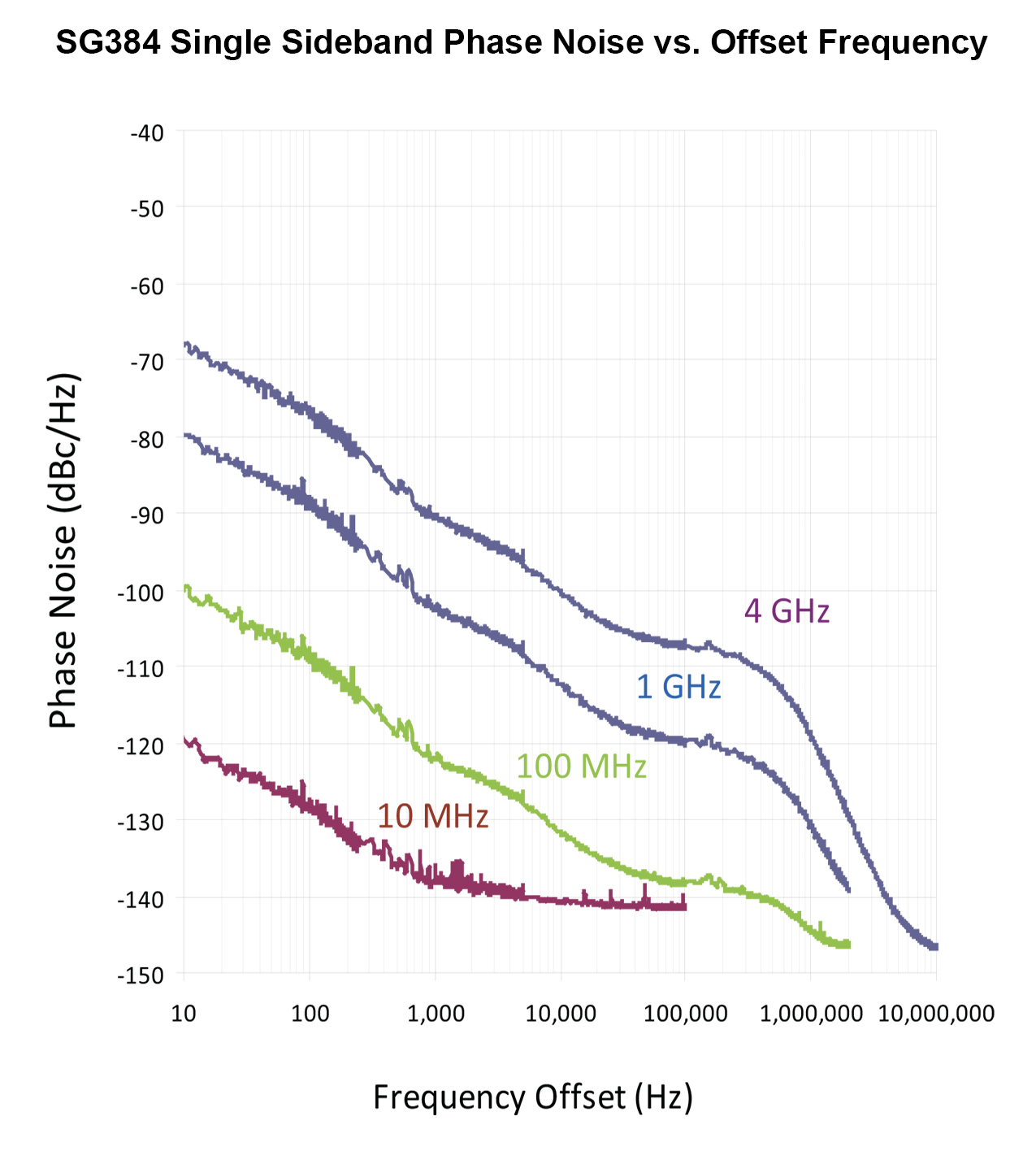

At its fastest, glide is all but instantaneous at it’s slowest, the rate is around five seconds per octave, and you can set the rate independently for each oscillator, which is an effect that I like very much. The final oscillator facility is glide, of which there are four modes. The former is more authentic for analogue‑iness, but the latter can be useful for ensuring that sounds are consistent from one note to the next.

Other facilities include ‘slop’ (which adds pitch drift and also results in a slightly different pitch each time that you retrigger a note) and you can choose whether the oscillators are free‑running or are re‑initialised when a voice is initiated. You can obtain partials above this frequency if you utilise sync or engage in a bit of naughty audio frequency modulation (or FM, as we usually call it) but in normal use that’s not going to be an issue. There’s a welcome lack of aliasing, even at high oscillator frequencies, and this seems to be the consequence of an algorithm that tells the oscillators not to generate harmonics above 20kHz. Once disconnected, you can then leave that oscillator at a fixed pitch or modulate it from elsewhere, which suggests many interesting possibilities. You can also disconnect either oscillator from the keyboard, which was a programming trick much used on the Prophet 5. You can tune and fine‑tune the oscillators independently over an exceptional range of nine octaves, which is equivalent to an analogue oscillator reaching from 64’ to 1/8’.

#Waves x noise manual manual#
(The manual says that increasing the shaping increases the amount of detune, but that’s wrong.) The relative position of the detuned SuperSaw partials is different when the shape is +ve from when it is –ve, offering two tones of ensemble. The fourth wave is SuperSaw, and shaping this introduces and then increases the amplitude of up to five additional components for an ensemble effect. Shaping the pulse wave, which is square at its centre detent, results in PWM and the usual range of swept or chorused sounds. When shaping the sawtooth wave, a second waveform is again added and the amount of Shape determines its amplitude and relative phase. For example, shaping the sine wave appears to add the second harmonic with the same polarity (‑ve shape) or inverted polarity (+ve shape). The dual oscillators are much as you might expect, although their waveshaping can be unusual. It offers up to 16 voices, each comprising two digital oscillators and two sample‑based ‘Instruments’, each with either one or two 24dB/oct resonant low‑pass analogue filters (depending upon the voice mode chosen) and stereo audio amplifiers, and each shaped by four LFOs and four contour generators. The Prophet X is an analogue/digital hybrid with analogue filters and audio amplifiers but everything else implemented in the digital domain. So what impact have the technological advances of the past 33 years had on the concept? Is it just a case of higher bandwidth, longer wordlengths, gigabytes instead of kilobytes, and a 21st‑century GUI instead of an ’80s parameter access editing system, or does it run much deeper than that? Let’s find out. Launched in 1985, the Prophet 2000 fits that description, albeit with the ability to record samples as well as replay them. The Sequential Prophet X combines analogue and sample‑based synthesis in one enormously ambitious and flexible instrument.Ī keyboard synthesizer that marries digital oscillators and sample‑based sound generation to an otherwise analogue signal path controlled by digital contours and modulators isn’t a new departure for Sequential.


 0 kommentar(er)
0 kommentar(er)
